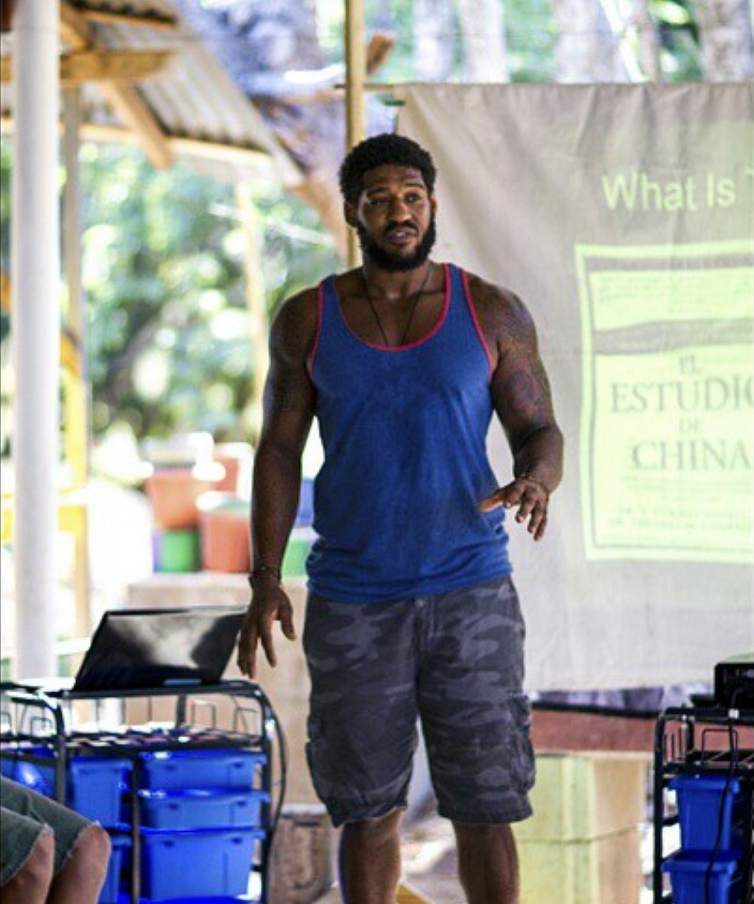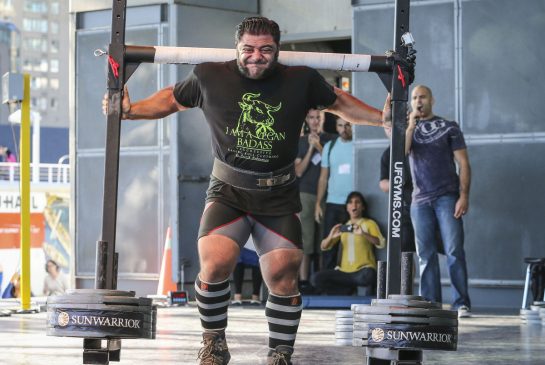I'm often asked, What supplements should I be taking now that I'm on the vegan diet? It's a bit of a tricky question because everyone is different. Vegan diet or not, we all have different diets and lifestyles that can cause deficiencies. (I had an iron deficiency way before I ever went vegan. Endurance training can do that.)
With that in mind, it's often good to get your blood tested at some point to see where any deficiencies lie. (Here's a look at the blood test I've used and a detailed look at my blood work.) Regardless of your diet, getting a blood test every once in a while is important just to check in on things.
Also, taking a pill is not always the best way to beat the deficiency. I tend to err on the side of real food as opposed to a supplement, but in some cases I do actually take a pill, spray or powder.
Here's a review of the supplements I do take. Even if you're not vegan or are not doing 15-25 hours of swim/bike/run a week, I still think this is a good list to review. Drop me a line in the comments below if you have any questions. Hope this helps!
IRON
Here's the iron supplement that I use: MegaFood Blood Builder Energy Boosting Iron Supplement Tablets
- In the past, I used the Floradix liquid, but after some research learned that the liquid absorbs no better than the tablets. The tablets are way easier to dose and travel with.
- I try to take this 1 hour after I have my coffee in the morning. Not before and not within that one hour, given the effect of caffeine on iron's absorption. (More on that here.)
- I take it either with a clementine or orange -OR- if traveling or I don't have an orange handy, I take it with a packet of this Vitamin C supplement. (Vitamin C helps with the absorption of nonheme iron.)
VITAMIN B-12
Here's the B-12 supplement I take: Dr. Mercola Vitamin B12 Energy Booster Spray
- I do 5 sprays in the AM every morning after brushing my teeth.
VITAMIN D
Here's the Vitamin D supplement I take: Dr. Mercola Sunshine Mist Vitamin D Spray
- I do 3 sprays in the morning after brushing my teeth and 3 sprays at night after brushing my teeth.
- I'm convinced most people, especially those with darker skin, are deficient of Vitamin D. No matter how much time I spend in the sun, I'm typically low of the Vitamin D scale.
LYSINE
Here's what I take: Thorne Research - L-Lysine
- Lysine is important for keeping shingles dormant. (Also helps in the growth and maintenance of bones, connective tissue and skin.) I got shingles while preparing for Ironman Cozumel in 2015. I was doing huge training volume while also dealing with the stress of a move out of NYC. Not an ideal combo.
- While I eat lots of foods high in lysine, my lysine v. arginine balance is a bit off since I eat even more food high in arginine. You want these two to be balanced if you're at risk for shingles, so I take the Lysine supplement to pay it safe.
ALGAE-BASED DHA/EPA
Here's what I plan to take: Nordic Naturals Algae Omega
- DHA/EPA is important for eye health and brain function. It's in fish, but also in flaxseed and walnuts. (Nice to get it from a non-fish source, since fish oils can be very high in toxins given that our oceans are
- I eat a bunch of flax and walnuts, so haven't previously seen the need to supplement with a DHA/EPA supplement. After doing some research over the past couple of months and seeing what Dr. Michael Greger has to say, I plan to start supplementing.
- Seems that while our bodies are able to convert walnuts and flaxseed into usable DHA/EPA, we might not be able to consume and convert it at the levels necessary for optimal health.
PROTEIN
I'll preface this by saying that I very rarely supplement with protein powders. I'm a strong believer that if you're eating a balanced diet, you're getting plenty of protein. So, with that in mind, I only take a scoop of this powder after a HUGE training day where I'm also tight on time and can't easily refuel with real food. (More on what I eat post-workout here...)
Here's what I take in the rare cases of supplementing with protein: Garden of Life Organic Vegan Protein Powder
- I like that it's organic, has a blend of different sources for the protein, and has no stevia or other sweeteners.
- I either blend this with a frozen banana and cacao powder for a chocolate drink or I blend it with pineapple, banana and spinach for a green smoothie.
Related Posts
WHAT I EAT & HOW TO MAKE IT - SUPER DANK & EASY VEGAN RECIPES
FUELING FOR THE VEGAN ATHLETE – TIPS FOR PRE/DURING/POST WORKOUT NUTRITION
WHAT TO EAT & DRINK BEFORE A TRIATHLON: HERE'S A LOOK AT MY ROUTINE
Like the blog? Show your support by using the Amazon banner ad at the bottom of the page (and linked here) when making your Amazon purchases. Comes at no cost to you and makes a big difference in helping me keep the site up and running. Huge thanks to all who have made a habit of doing this!


























